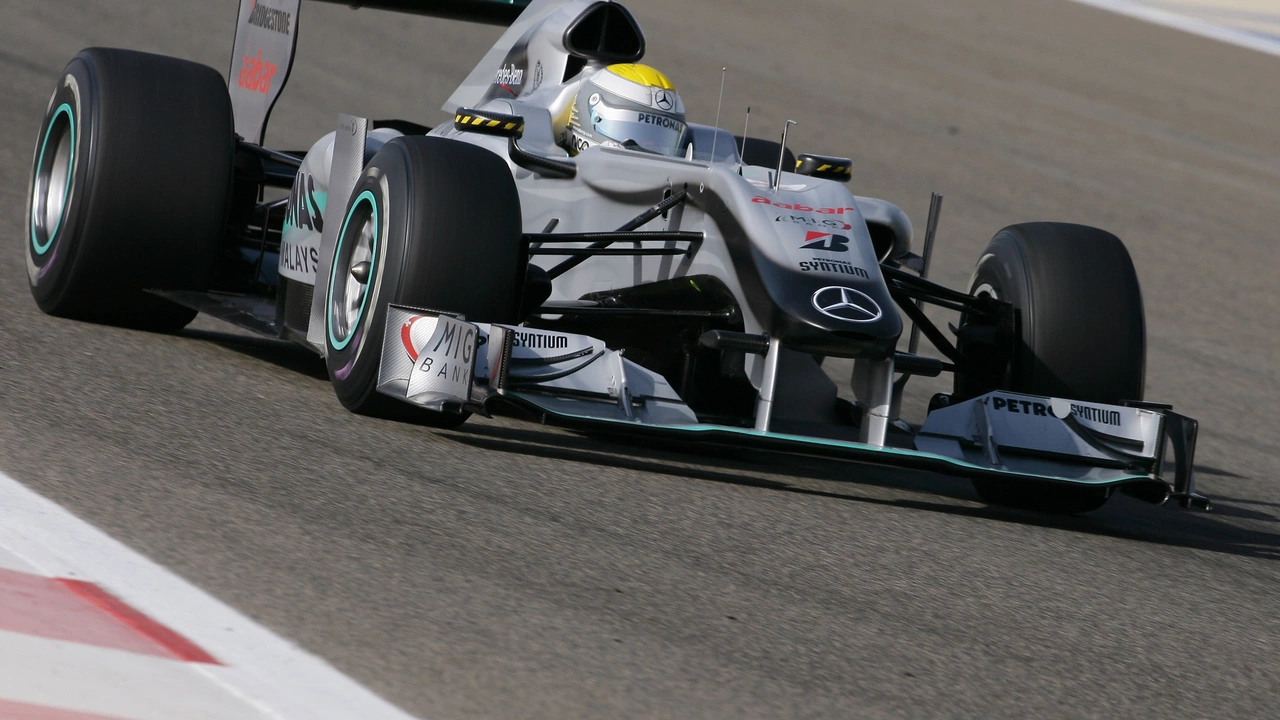IndyCar Comparison: What Makes These Race Cars Unique
If you love high‑speed racing, you’ve probably heard the roar of an IndyCar and wondered how it differs from other machines on the track. In this guide we’ll break down the core specs, performance traits, and design choices that set IndyCars apart. No jargon, just straight facts you can use to impress a friend or decide which series to follow.
Engine and Power
IndyCars run a 2.2‑liter twin‑turbo V6 that pumps out roughly 700 horsepower. That’s a lot for a car that weighs under 1,600 lb, giving it a power‑to‑weight ratio that rivals many supercars. By comparison, a modern Formula 1 power unit delivers about 1,000 hp but the car is lighter and the engine is a hybrid‑electric system. The IndyCar’s simpler setup means lower costs and easier maintenance, which is why the series can field more cars on a race weekend.
Chassis and Aerodynamics
The chassis is a carbon‑fiber monocoque, built by Dallara, that provides a stiff, safe cockpit. Aerodynamic packages differ between the two main aero kits: the standard kit for most tracks and the low‑downforce kit for superspeedways. The standard kit generates around 2,800 lb of downforce at 200 mph, letting the car corner with huge grip. Formula 1, on the other hand, fine‑tunes every front and rear wing element, often creating over 3,000 lb of downforce on the same speed. IndyCars keep the aero philosophy simpler, which makes the cars easier to set up for different circuits.
Another key difference is the use of push‑rod suspension on both front and rear axles. This design gives the car a predictable handling feel and lets engineers quickly change damper settings between races. In contrast, many F1 teams use more exotic suspension geometries that can be tweaked on the fly during a race weekend.
When you compare the wheels, IndyCars run 18‑inch tires supplied by Firestone, with a tread designed for both road‑course grip and oval stability. The tire compounds are chosen to last longer than an F1 tyre stint, allowing fewer pit stops in a typical race. The trade‑off is slightly slower lap times on tight circuits, but the durability pays off on the 500‑mile ovals that define the series.
Cost is a big part of the comparison. An IndyCar budget sits around $5‑6 million per season, while an F1 team can easily exceed $200 million. This gap means IndyCar attracts a mix of veteran pros, up‑and‑coming talent, and privateer teams, creating diverse competition and more accessible entry points for drivers.
In terms of speed, top‑end numbers are close: IndyCars hit 230‑240 mph on the longest ovals, while F1 cars reach 210‑220 mph on the same length, thanks to the turbocharged V6’s high rev range. The biggest advantage for IndyCar lies in its versatility – a single chassis can compete on street circuits, road courses, and ovals with only minor setup changes.
So, what should you take away? IndyCars blend raw power, robust aerodynamics, and a cost‑friendly approach that makes the series exciting and relatively even‑matched. They may not have the hyper‑tech of Formula 1, but they deliver thrilling races, especially on the iconic ovals where pure speed meets daring strategy.
Next time you watch a race, keep an eye on the engine note, the wing settings, and how the car handles the banked turns. Those little details tell the full story of why IndyCar comparison matters – it’s a unique blend of performance, affordability, and pure racing fun.
